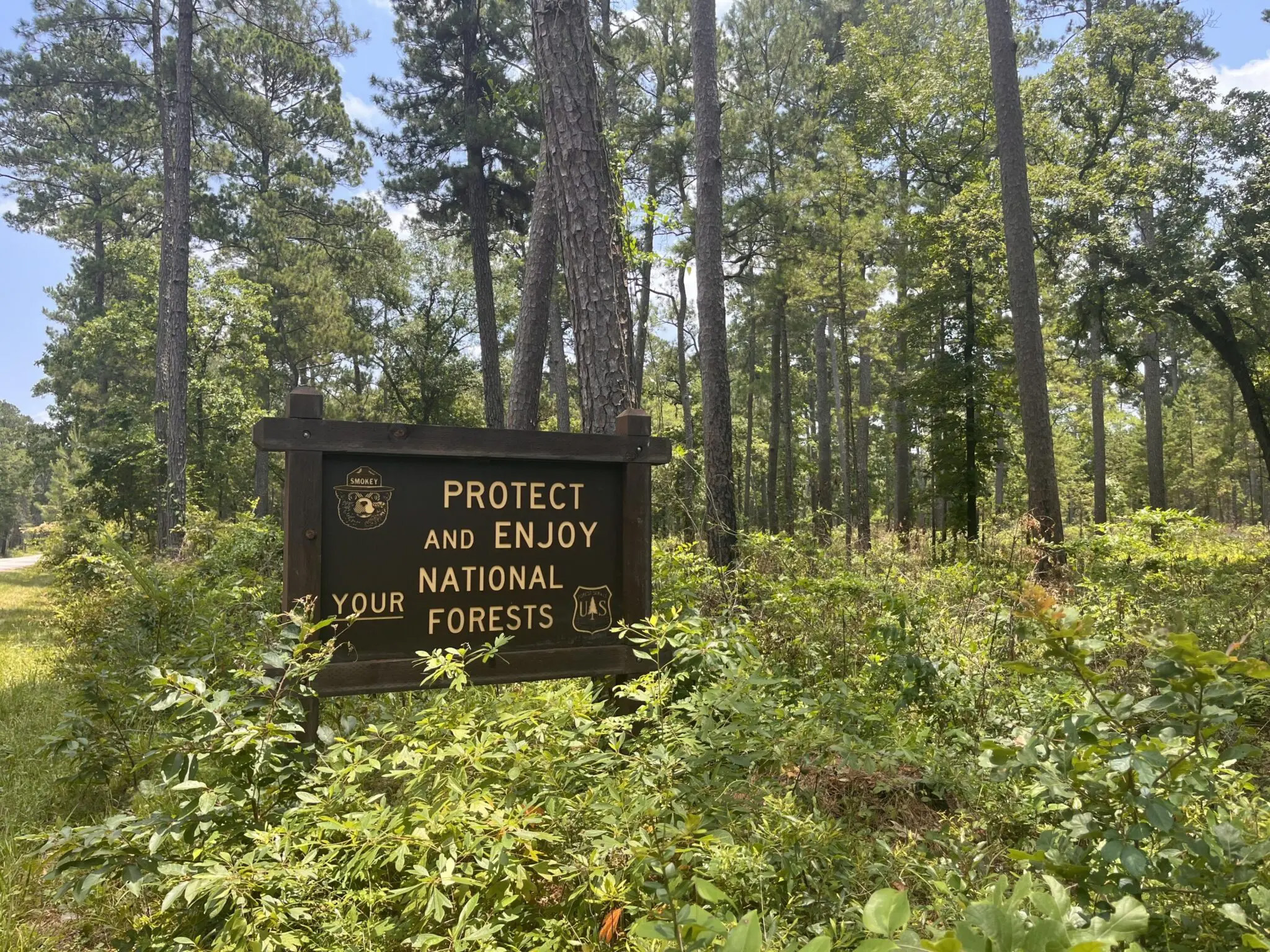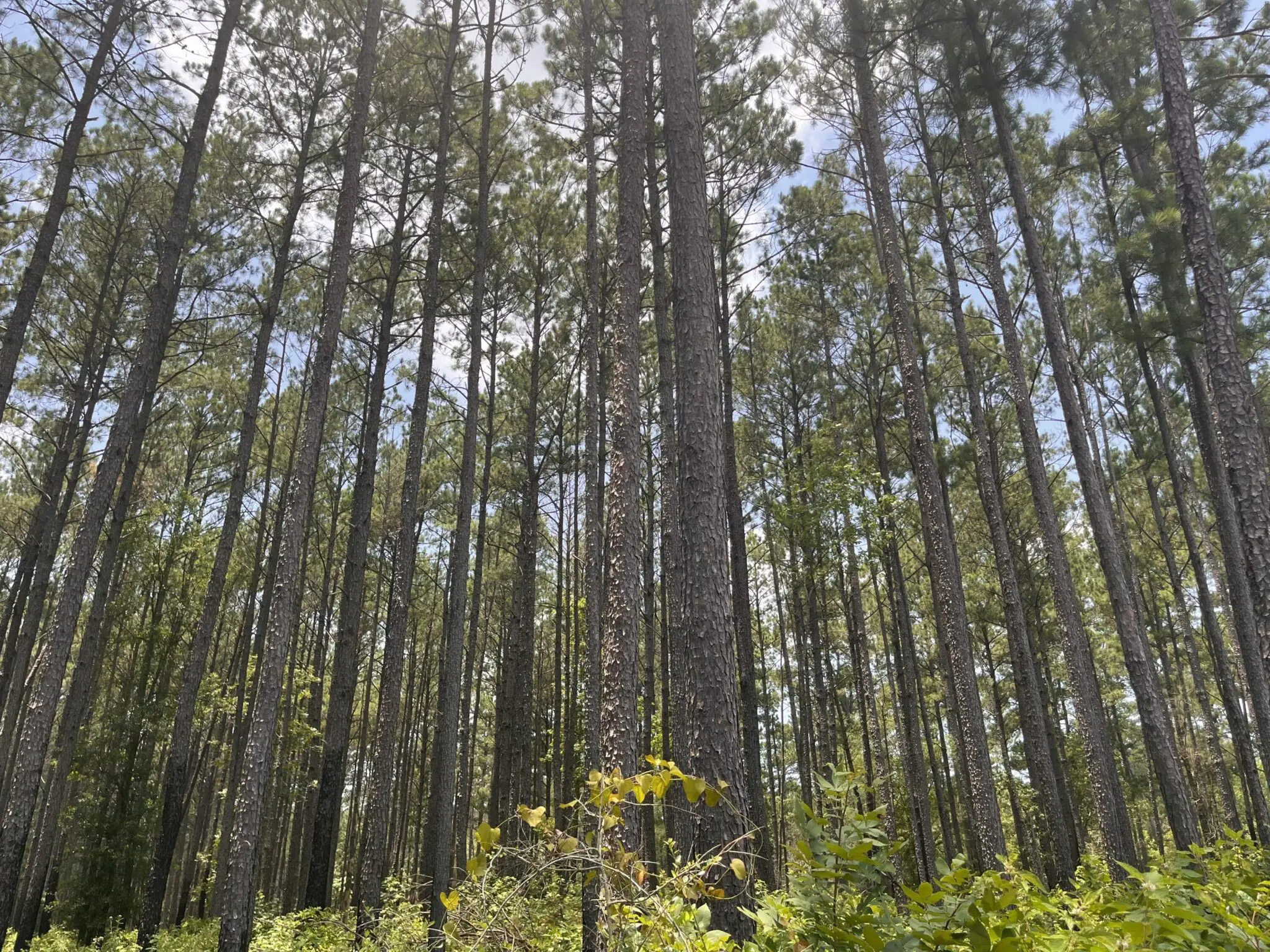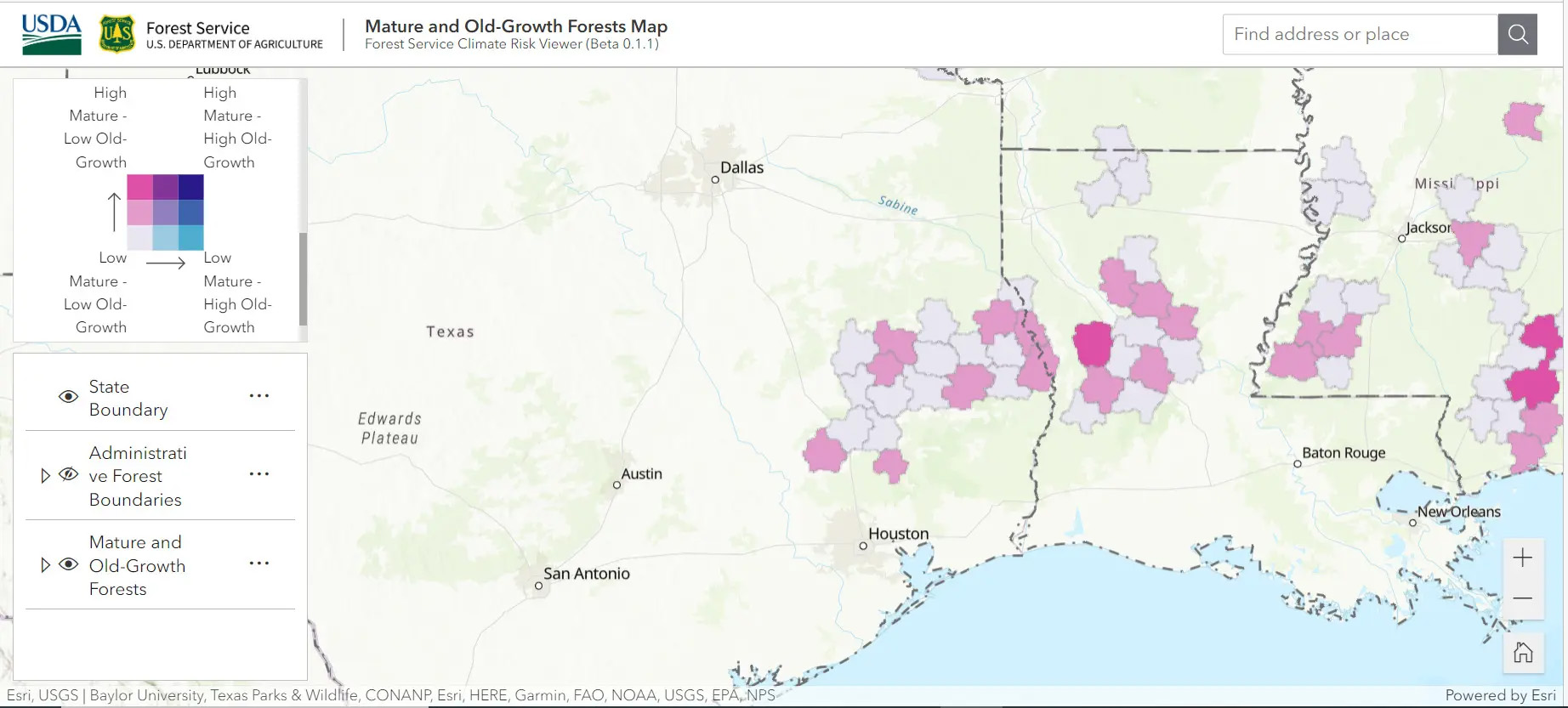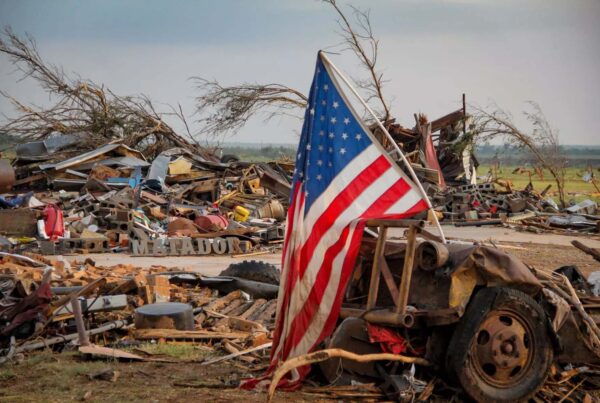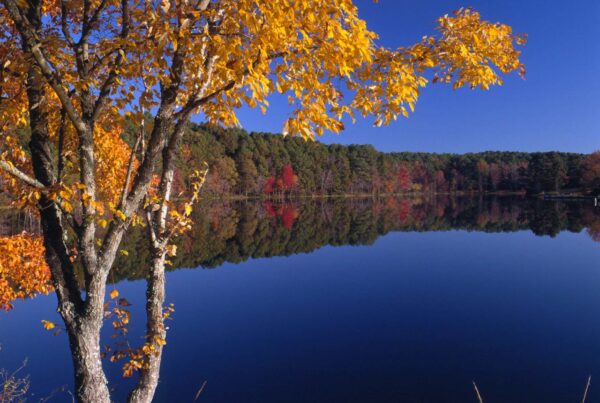U.S. Forest Service land in Texas is not a home to old growth forest. An inventory published by the Biden Administration in April showed that trees in their latest developmental stage are absent from the four national forests in the state (Sam Houston, Davy Crockett, Sabine and Angelina) that are concentrated in East Texas, just above the Houston and Beaumont metro areas.
This comes after The White House ordered two federal agencies to survey the land and quantify the number of acres of old growth and mature forest in the country last year. The study did, however, find significant acreage of mature forest, the stage before old growth. 400,000 acres or nearly 60 percent of land managed by the U.S. Forest Service in Texas, which includes forest and grasslands, is mature forest. These trees are mainly loblolly and shortleaf.
Now, the federal government is in the next stage of rethinking policy surrounding old growth forest across the country in the wake of climate change. It’s asking the public to submit comments until July 20th reacting to the information revealed by the inventory and weighing in on how old growth and mature forests should be managed.
“Our forest ecosystems and communities are struggling to keep up with the stresses of climate change, whether it’s fire, drought, or insect infestations, it is clear that we must adapt quickly,” said Homer Wilkes Under Secretary for Natural Resources and the Environment of the USDA, which includes the Forest Service, in a press release.


